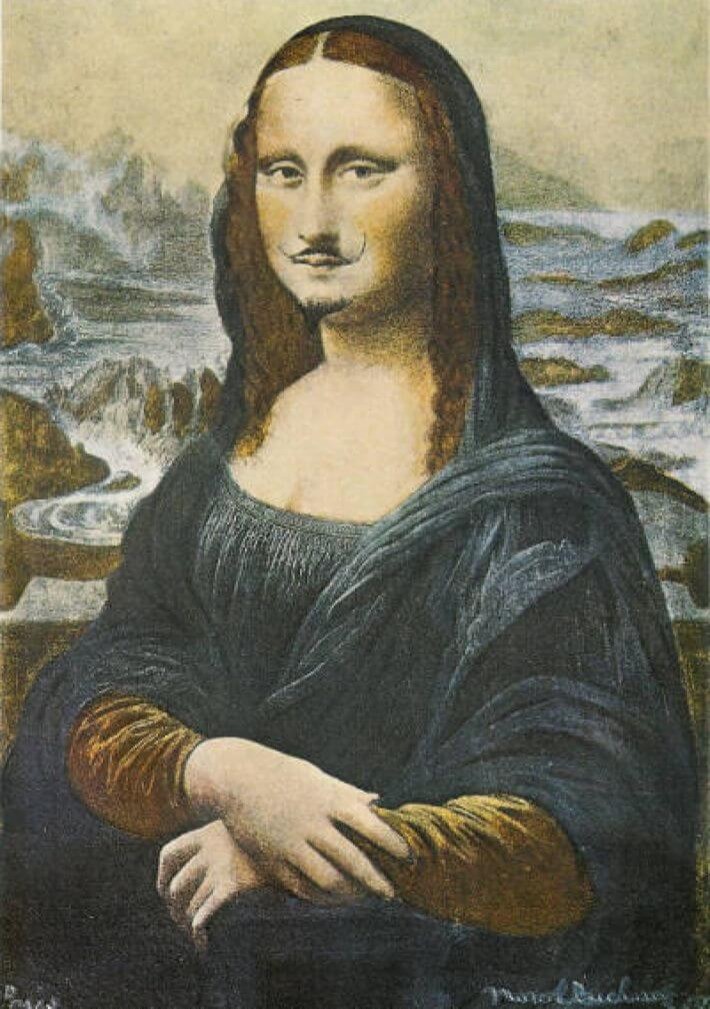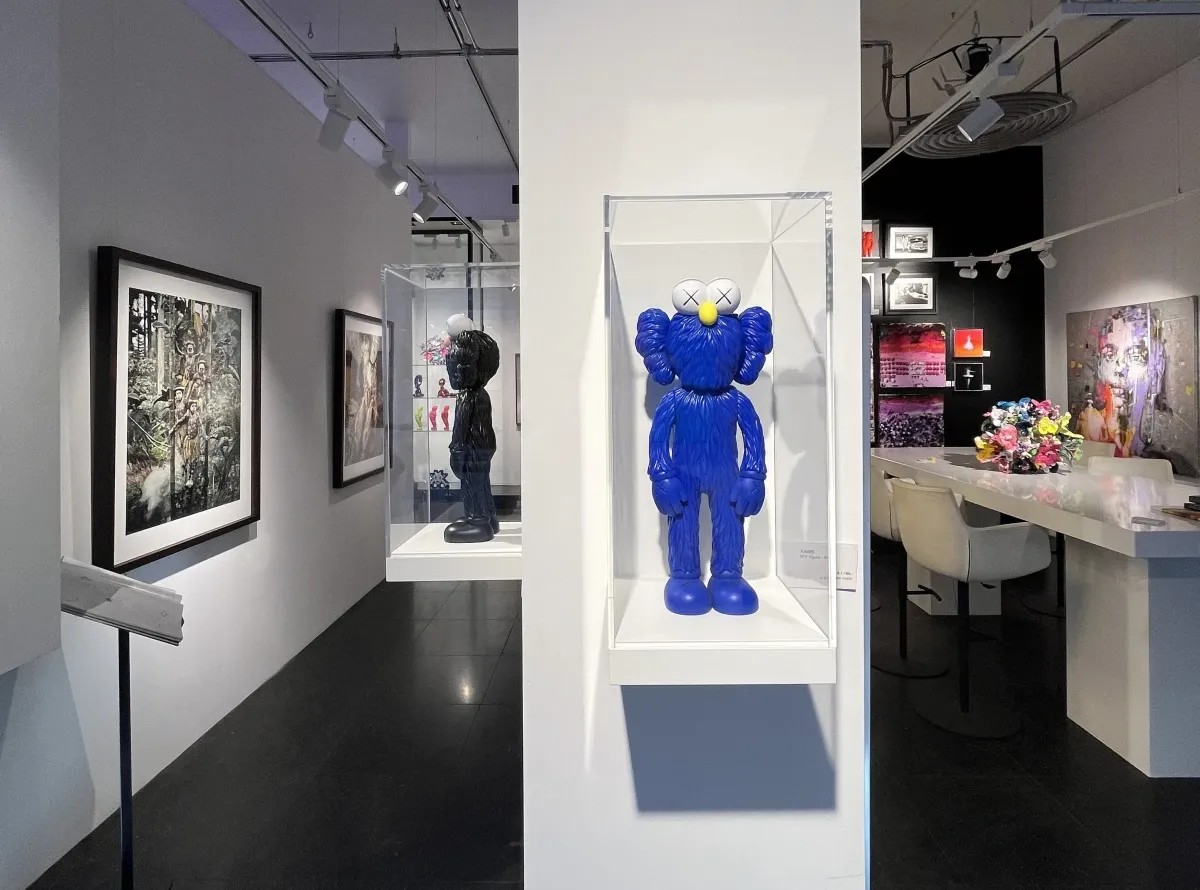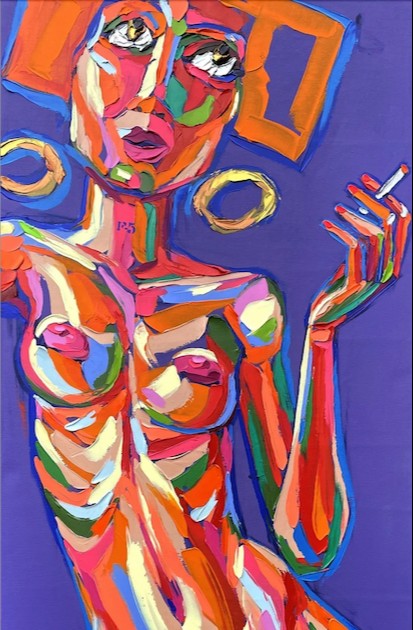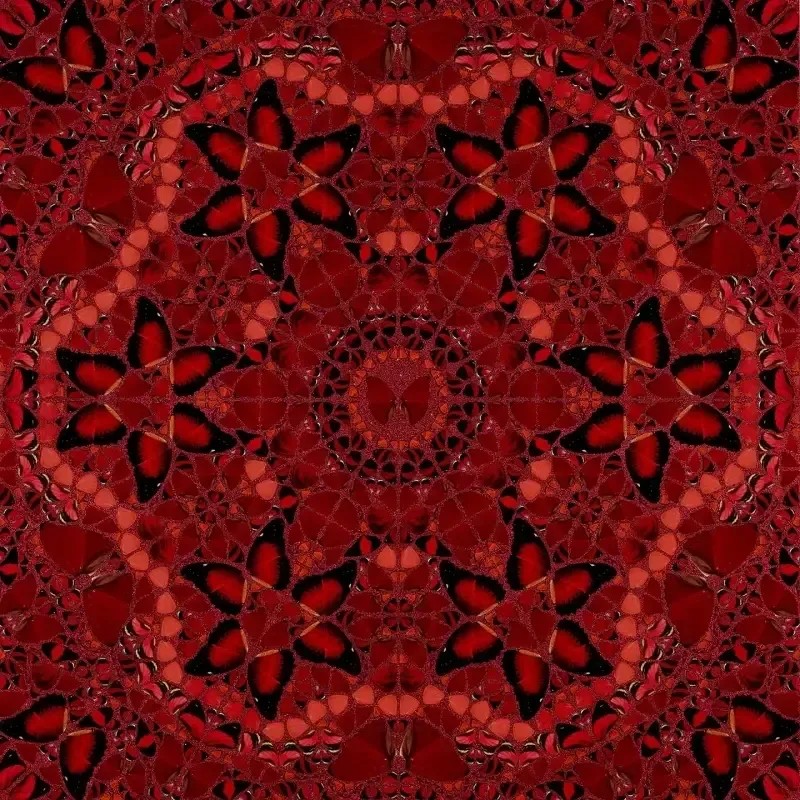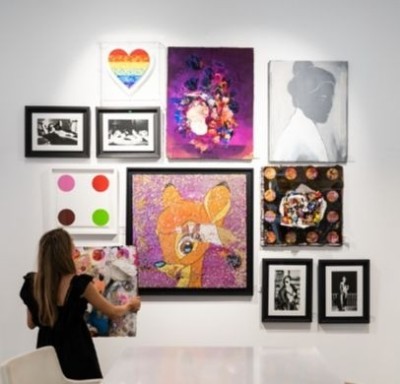More than an art movement, Dadaism – or simply Dada – is a protest movement in literature and music. Adherents oppose the bourgeois culture of the nineteenth century. One of the key representatives, poet Tristan Tzara, clearly illustrates this in his statement: 'The beginning of Dada was not the beginning of art but of disgust.' A disgust for reason and logic, which, according to the Dadaists, led to World War I. Death and destruction are vividly imprinted on many minds. They want to return to ground zero, to childlike innocence and naivety. In French, dada also means hobby horse, hobbyhorse, or child's noise.
Although it is not an organized movement, Dadaism has hotspots in Zurich, New York, Berlin, Cologne, Hanover, and Paris. Zurich becomes a popular refuge for many foreign artists during wartime, and a part of them gathers at Cabaret Voltaire, where members write poetry, philosophize, and perform shocking cabaret shows.
With the arrival of Marcel Duchamp and Francis Picabia (previously associated with fauvism and cubism) in the Big Apple in 1915, New York even takes a year ahead of the Swiss city. Together with photographer and film director Man Ray – internationally known for his installations and avant-garde films – the duo initiates a movement in America for the radical rejection of traditional art.
In Germany, Dadaism remains more politically engaged. Literature and psychology play a significant role in this peaceful movement of left-thinking artists. Max Ernst, a philosophy, psychology, and art history student, establishes the Dadaist group 'Bulletin D' with Hans Arp in Cologne. Fascinated by the subconscious, creativity's core, and irrationality, this German painter, sculptor, and experimental artist emerges as a provocateur and innovator of various revolutionary movements in the visual arts.
Around 1920, some Dadaists move from Zurich to Paris, where Duchamp and Picabia have also returned. Like their American friend Man Ray, who lives in Montparnasse in the following twenty years and brings about a revolution in surrealist photography.
The common denominator is resistance
The common denominator of all hotspots is resistance to the hypocrisy of 'modern life.' Devastated, angry, and hurt, the Dadaists in the post-war years seek to liberate society from established structures and overturn existing culture. Unreasonableness versus reasonableness. Anti-art versus art. Dadaism painting covers a brief but intense period characterized by a lack of logic, humor, and irony. Art is nothing, and everything is art.
To portray dissatisfaction, artists often use collage techniques, constructed reliefs, and photomontages. In a Dadaism painting, the viewer is confronted with their communication means. After all, the material used comes from mass media consumed by the general public. Dadaism mocks norms and values. Central are the promise of absolute artistic freedom and the revaluation of incoherent, unreasonable coincidences. The artworks – often temporary art installations and performances – are busy, absurd, and chaotic.
The promise of absolute artistic freedom and the revaluation of incoherent, unreasonable coincidences.
Dadaists play with the combination of language and image and experiment extensively with everyday objects. Duchamp, for example, manages to sign an inverted toilet bowl and then exhibit it as an artwork. This introduces the principle of readymades: ordinary, common commercial products are elevated to art by a simple modification or a new environment. His porcelain urinal 'Fountain' from 1917 causes a stir in the established art scene. It is the first precursor of what is later called conceptual art.
A new perspective and application. Duchamp's message is primarily that art arises through a new perspective and application. The value of creative activity lies in the doing, in the action, and not in the aesthetic meaning of the visible result. Everything revolves around the freedom of creation.
This theme is taken up again in the early 1960s by the American Robert Rauschenberg and his roommate Jasper Johns. Infinitely inspired by the famous French Dadaist, they become pioneers of pop art. So, in a short period, Dadaism manages to have a significant impact and exert great influence on the subsequent art movements. Starting with surrealism.
In the later French years, like-minded individuals seek new forms of verbal expression. Literature, theater, and visual art overlap and inspire each other. Dadaist artists want to liberate themselves to their very core. Some join forces with the French writer André Breton. In 1924, he publishes a manifesto describing how dream and reality merge into an absolute reality: surrealism. A new art movement emerges.
Surrealism believes in a higher reality that transcends our thinking, believes in poetic inspiration. Inspiration that is free from active control by reason, morality, or aesthetic considerations.
Dadaism painting
AbrahamArt, the largest gallery in the Benelux, with locations in Amsterdam and Eindhoven, has works by both emerging talents and established names from contemporary art in its collection. Represented artists leaning towards Dadaism, pop art, and conceptual art include Bram Reijnders, Ai Weiwei, and Jeff Koons.
Koons represents the themes of banality and seduction by giving a bizarre twist to the most straightforward things. So intense that his work goes completely over the top and derives its artistry precisely from that. The Glass Sculptures - Study of Perspective, with which Weiwei gives a big middle finger to all global power institutions, beg for a critical dialogue between the contemporary world and traditional Chinese thought and production methods. Energetic Reijnders is driven by a pure desire for life. He tries to seduce and at the same time explore what truth is and what fiction is in this rattling world. Naughty but also confrontational. Innocently honest but also complex.
Buying, borrowing, or renting art is good for your health. Both physically and mentally. Art stimulates our happiness hormones. Regardless of execution, form, or recognizability, looking at art promotes the production of dopamine and endorphins.
The best way to assess a work of art before making a purchase is, of course, the place it is ultimately intended for. Therefore, any trial placements are free and non-binding to arrange. AbrahamArt works with a beautiful art rental formula, a combination of renting and saving for individuals. For the business market, an attractive art lease formula has been created.

